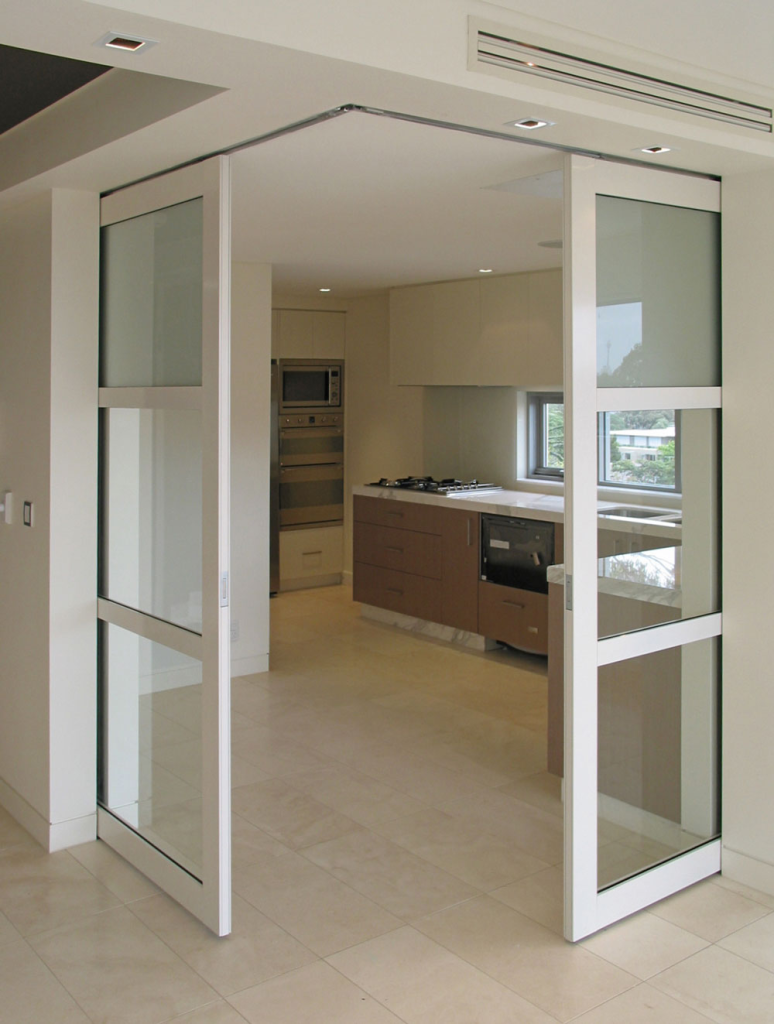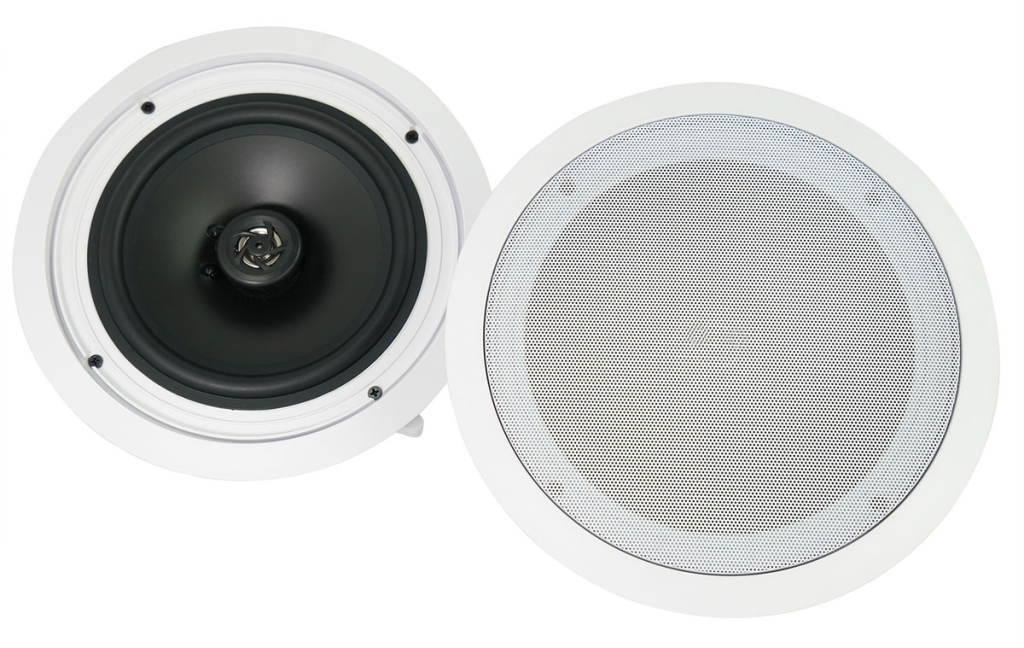When it comes to efficient and effective heating solutions, a gas ceiling mount heater offers an excellent option for many residential and commercial spaces. This guide will provide you with a comprehensive overview of gas ceiling mount heater, including their benefits, installation process, maintenance tips, and how to choose the right unit for your needs.

What is a Gas Ceiling Mount Heater?
A gas ceiling mount heater is a type of heating system that is installed on the ceiling and powered by natural gas or propane. These heaters are designed to provide warmth to large areas by distributing heat from above, ensuring even and efficient heating throughout the space. The mounting on the ceiling allows for a space-saving solution that does not interfere with floor space or furnishings.
Read too: Kitchen Lighting For A Vaulted Ceiling: Illuminating Your Space with Style and Functionality
Advantages of Gas Ceiling Mount Heaters
1. Efficient Heating
Gas ceiling mount heaters are known for their efficiency. They use natural gas or propane to generate heat, which is then radiated downward, warming the space effectively. Because they are mounted on the ceiling, they can distribute heat evenly across the room, reducing cold spots and improving comfort.
2. Space-Saving Design
One of the primary benefits of ceiling mount heaters is their space-saving design. By mounting the heater on the ceiling, you free up floor space that can be used for other purposes. This is especially beneficial in areas with limited space, such as small warehouses or residential garages.
3. Improved Air Quality
Gas ceiling mount heaters can improve air quality by reducing the need for ductwork and minimizing the circulation of dust and allergens. Since the heater does not rely on forced air systems, it can help maintain a cleaner environment and reduce the spread of airborne particles.
4. Quick Heating
These heaters provide rapid heat output, making them ideal for spaces that need to be heated quickly. The heat is distributed from the ceiling, allowing for immediate warmth upon activation, which can be particularly useful in areas with high ceilings or large open spaces.
5. Energy Efficiency
Modern gas ceiling mount heaters are designed with energy efficiency in mind. Many models feature advanced technology that optimizes fuel usage and minimizes waste, leading to lower energy bills and reduced environmental impact.
How to Choose the Right Gas Ceiling Mount Heater
Choosing the right gas ceiling mount heater involves considering several factors to ensure you select a unit that meets your heating needs and fits your space requirements. Here are some key considerations:
1. Determine the Heating Requirements
Start by assessing the heating requirements of your space. Calculate the square footage of the area you need to heat and consider factors such as ceiling height, insulation, and the number of windows. This will help you determine the appropriate BTU (British Thermal Unit) rating for your heater.
2. Fuel Type
Gas ceiling mount heaters can operate on natural gas or propane. Consider the availability of these fuel sources in your area and choose a heater that matches your fuel preference. Natural gas is typically more cost-effective if you have a gas line installed, while propane is a good option for areas without natural gas access.
3. Size and Capacity
Select a heater that is appropriately sized for your space. An undersized unit may struggle to provide adequate heat, while an oversized heater can lead to unnecessary energy consumption and increased costs. Refer to the manufacturer’s sizing guidelines and consult with a professional if needed.
4. Installation Requirements
Review the installation requirements for the heater you are considering. Some models may require professional installation due to the complexity of the setup or local building codes. Ensure that the heater can be installed in your desired location and that there is adequate clearance for ventilation.
5. Features and Controls
Modern gas ceiling mount heaters come with various features and controls that enhance their functionality. Look for options such as adjustable thermostats, remote controls, and programmable timers. These features can improve convenience and allow you to customize the heating experience to your preferences.
6. Safety Features
Safety is a crucial consideration when selecting a gas heater. Look for models that have built-in safety features such as automatic shut-off, overheat protection, and flame failure detection. These features help ensure safe operation and prevent potential hazards.
Installation Process for Gas Ceiling Mount Heaters
Proper installation is essential for the safe and efficient operation of your gas ceiling mount heater. Here is an overview of the installation process:
1. Prepare the Installation Site
Choose a suitable location for the heater that provides adequate clearance and access for maintenance. Ensure that the area is free of obstructions and that there is sufficient space for proper ventilation.
2. Mount the Heater
Follow the manufacturer’s instructions for mounting the heater on the ceiling. This typically involves securing the mounting brackets to the ceiling and attaching the heater unit. Ensure that the heater is level and properly supported.
3. Connect the Gas Supply
Connect the heater to the gas supply according to local building codes and safety regulations. This may involve running gas lines and installing a shut-off valve. It is recommended to have a licensed professional handle gas connections to ensure safety and compliance.
4. Install Ventilation
Proper ventilation is crucial for the safe operation of gas heaters. Install any necessary venting or flue systems to direct combustion gases outside. Ensure that the ventilation system is properly sealed and free of leaks.
5. Test the Heater
Once the installation is complete, test the heater to ensure it is operating correctly. Check for proper flame operation, heat output, and any signs of gas leaks. Make any necessary adjustments and verify that the heater is functioning efficiently.
6. Follow Safety Guidelines
Review the manufacturer’s safety guidelines and recommendations for operating and maintaining the heater. Ensure that all safety features are functioning properly and that the heater is used according to the instructions.
Maintenance Tips for Gas Ceiling Mount Heaters
Regular maintenance is key to ensuring the longevity and efficiency of your gas ceiling mount heater. Here are some maintenance tips to keep your heater in optimal condition:
1. Clean the Heater
Regularly clean the heater to remove dust, dirt, and debris. Use a soft cloth or vacuum to clean the exterior and ensure that the vents and filters are free of obstructions. Follow the manufacturer’s cleaning instructions to avoid damaging the unit.
2. Inspect for Leaks
Periodically inspect the gas lines and connections for any signs of leaks. If you detect a gas leak, turn off the gas supply immediately and contact a professional for repairs. Gas leaks can be hazardous and should be addressed promptly.
3. Check the Ventilation
Ensure that the ventilation system is clear and functioning properly. Inspect the vents and flue for any blockages or damage. Proper ventilation is essential for safe operation and preventing the buildup of harmful gases.
4. Schedule Professional Servicing
Have your heater professionally serviced at least once a year to ensure that it is operating safely and efficiently. A qualified technician can perform a thorough inspection, clean the components, and make any necessary repairs.
5. Monitor Performance
Keep an eye on the performance of the heater and address any issues promptly. If you notice changes in heat output, unusual noises, or other problems, consult with a professional to diagnose and resolve the issue.
Conclusion
A gas ceiling mount heater is a valuable addition to any space that requires efficient and effective heating. With their space-saving design, rapid heating capabilities, and energy efficiency, these heaters offer numerous benefits for both residential and commercial applications. By understanding the advantages, installation process, and maintenance requirements, you can make an informed decision and enjoy the comfort and convenience of a gas ceiling mount heater in your space.


















